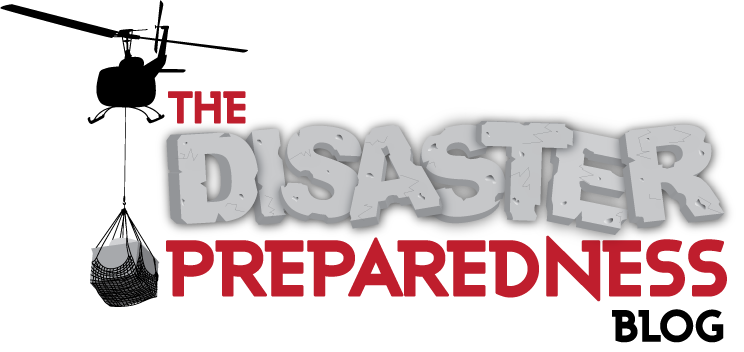On Monday November 2nd Reuters did a story that Al Qaeda is calling for home-made bomb attacks against the West.
It also calls for smaller scale attacks against "secular media figures and columnists who promote the policies of rulers in the world's top oil exporting region."
Abu Basir Nasser al-Wahayshi, the Al Qaeda leader of the groups wing in the Arabian Peninsula called on militants to attack airports and trains in the West and said they could easily make bombs from household materials.
His statements also said, "You do not need to exert great effort or spend a lot of money to make 10 grams of explosives, more or less. Do not spend a long time searching for materials as they already exist in your mother's kitchen," Wahayshi wrote in the article, posted on an Islamist website on Sunday.
"Make them (bombs) in the shape of a bomb you hurl, or detonate through a timer or a remote detonater or a martyrdom-seeker belt or any electrical appliance."
Wahayshi called upon people to use kives and apparently even their bare hands, "secular media figures and writers who mock the orders of religion and those who promote and justify (the actions) of infidel rulers".
"Knives are a good remedy for some and ... (for others) severe beating until they are confined to bed or lose one of their senses," added the militant leader.
Calling on militants to assassinate al Qaeda's enemies, Wahayshi stated that "It is a duty that a Muslim mujahid be busy planning to reap the heads of infidels."
Small scale attacks, especially the Lone Wolf present the biggest challenge to law enforcement since there is little to no "chatter" on these events.
 Friday, November 6, 2009 at 11:33AM | |
Friday, November 6, 2009 at 11:33AM | |  Email Article
Email Article 






